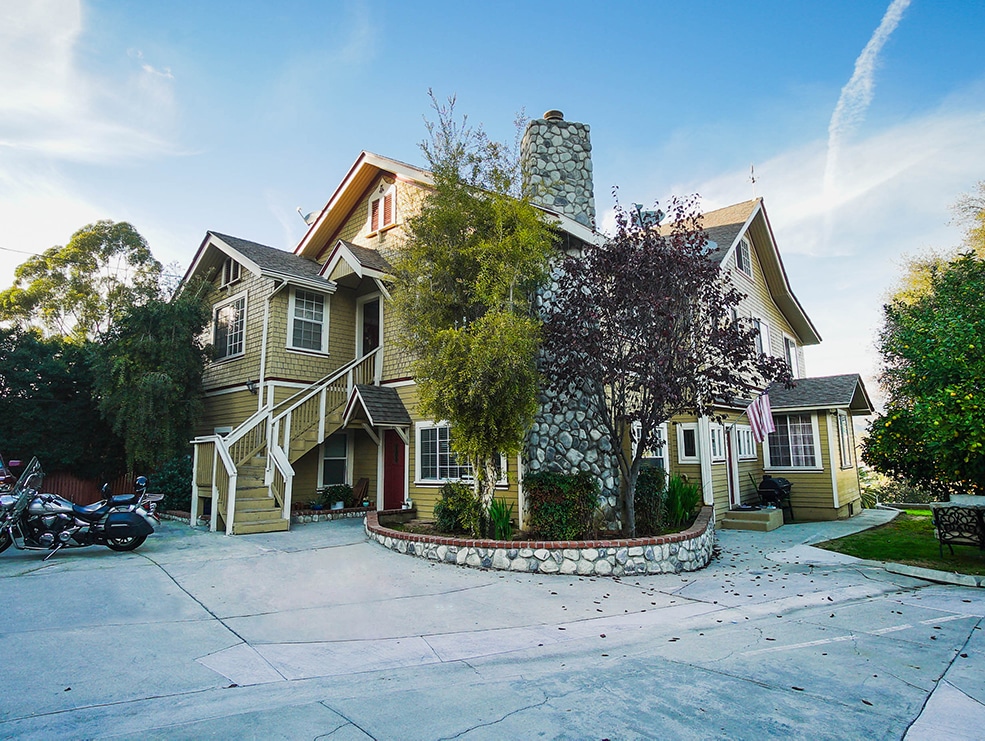State Of Multi-Family Housing After COVID19
The past couple of months have been a very difficult period for the multi-family household sector. In April and May of 2020, investments into multi-family properties have fallen off dramatically. In fact, the deal volume for multi-family homes in the last two months is lower than any two month period in the past decade providing an excellent investment opportunity to increase your passive income.
While the average deal volume in the months of April and May have sat around $19 million in the past 5 years, the deal volume in April and May 2020 was just $9 billion, less than half of the five-year average. While the period has been extremely slow in terms of real estate investment, there have still been a few large deals that have closed.
Recent Multi-Family Housing Investments
Oakmost is investing in multifamily real estate by acquiring a 453-unit complex in Salt Lake City, Utah for $178 million. They reportedly invested in Salt Lake City due to its growth potential and overall atmosphere.
In another large deal, Strategic Properties and Korean Sovereign Wealth partnered to buy 1991 Vintage, which is a 480-unit highrise on the Chicago lakefront. Other large deals that have recently closed are a 449-unit complex in Los Angeles’ Koreatown, a 138-unit building in Burlingame, and a 496-unit complex in suburban Orlando.
While these deals are all impressive, it is odd that none of them were in the Northeast, which is usually a more popular housing sector for real estate investors.
Unfortunately, while there were a few high-ticket deals in 2020, the average deal volume was just $114 million, which is far short of the $235 million average volume in 2019. What is even stranger is that the most expensive deal of 2020 would rank as the 12th most expensive deal in 2019.
Clearly, 2020 has been an off-year in deal volume in the wake of the novel coronavirus. In looking at buyer volume trends, we see big drop-offs. Regional developers’ volume dropped by 25%, national developers’ by 30%, individual investors’ by 40%, and equity funds’ and REITs’ by a whopping 80%.




